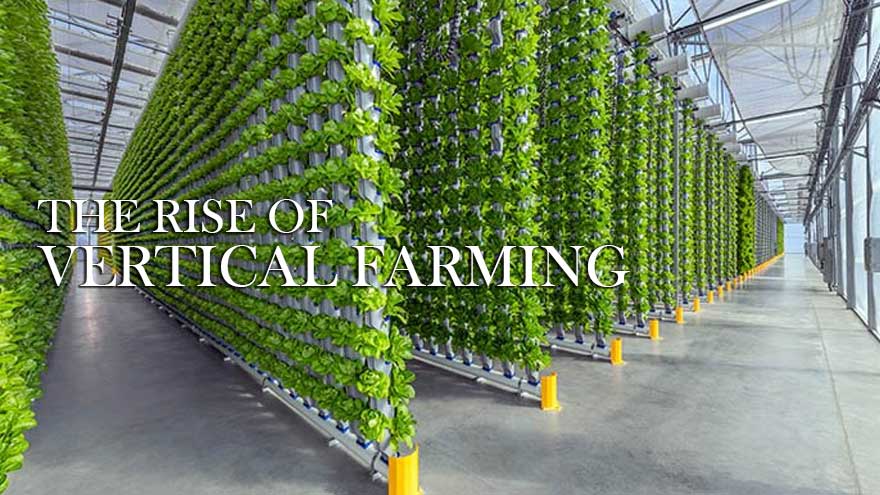Struggling with land scarcity and climate change? Vertical farming offers a revolutionary approach, maximizing crop yields in vertically stacked layers. Is this the future of agriculture? Discover the potential and challenges of this innovative method.

From towering skyscrapers in Dubai to repurposed shipping containers in Brooklyn, a new agricultural trend is taking root – vertical farming. This innovative approach involves growing crops in vertically stacked layers, maximizing space and minimizing environmental impact. But with all the hype, can vertical farming truly revolutionize agriculture?
Traditional agriculture faces a multitude of challenges. Land scarcity, climate change, and resource depletion threaten food security for a growing global population. Vertical farming offers a compelling solution. By utilizing controlled environments within buildings, this method boasts several advantages:
Reduced Land Use: Vertical farms require a fraction of the land compared to traditional methods. This is particularly beneficial in urban areas where space is limited.
Increased Efficiency: The controlled environment allows for precise control over temperature, light, and nutrients. This optimizes plant growth, leading to higher yields with fewer resources.
Minimized Environmental Impact: Vertical farms use significantly less water than traditional agriculture. Additionally, they can be located near urban centers, reducing transportation emissions.
Year-Round Production: Unaffected by weather conditions, vertical farms can produce crops year-round, offering a reliable source of fresh produce.
While the potential of vertical farming is undeniable, there are also challenges to consider. The initial setup costs are high due to the advanced technology involved in lighting, climate control, and irrigation systems. Additionally, the high energy demands for running these systems raise concerns about sustainability.
Another crucial factor is the type of crops grown. Currently, vertical farms are most successful with leafy greens, herbs, and microgreens. Scaling up to grow fruits and vegetables with more complex needs is an ongoing area of research.
The social and economic impact of vertical farming also deserves consideration. While it may create new jobs in urban areas, it could potentially displace traditional farmers. Moreover, the high cost of production might not necessarily translate to affordable produce for low-income consumers.
Despite the challenges, vertical farming is a rapidly evolving field with continuous innovation. Researchers are developing new technologies to reduce energy consumption and expand the range of crops grown. Additionally, integrating renewable energy sources like solar panels can offset the environmental impact.
Vertical farming is unlikely to replace traditional agriculture entirely. Instead, it's envisioned as a complementary system, particularly in urban areas and for specific high-value crops.
The future of agriculture will likely involve a combination of traditional and new methods. Collaboration between vertical farmers, traditional growers, researchers, and policymakers will be crucial for maximizing the benefits of this technology.
Vertical farming has the potential to transform our relationship with food production. By harnessing the power of innovation to grow food efficiently and sustainably, it offers a glimmer of hope for a more secure and healthy future.